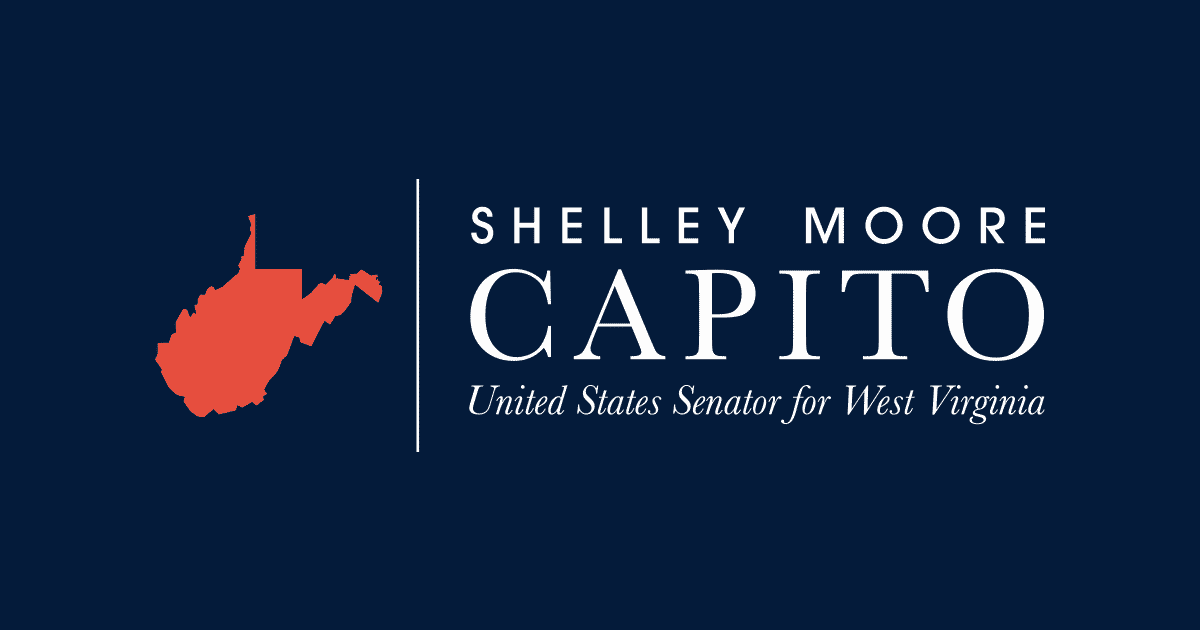Source: United States Senator for West Virginia Shelley Moore Capito
Click here or the image above to watch Ranking Member Capito’s questions.
WASHINGTON, D.C. – Today, U.S. Senator Shelley Moore Capito (R-W.Va.), Ranking Member of the Senate Environment and Public Works (EPW) Committee, questioned witnesses about the negative impacts of the Environmental Protection Agency’s (EPA) “Headwind Rule” during a full EPW hearing.
HIGHLIGHTS:
ON THE EPA MAKING IT IMPOSSIBLE FOR STATES TO COMPLY WITH REGULATIONS:
RANKING MEMBER CAPITO:
“The Clean Air Act is built on the principle of cooperative federalism, where you work together. We have three state regulators here who know their states very well, know the different regions, and know the different impacts of all kinds of environmental impacts and other impacts. Normally, when you’re developing a state implementation plan, do you get, in your written testimony you say basically, the head of the EPA’s air quality policy division, basically said I don’t care what you write, you’re not going to get there. Was that the message that was received by Mississippi? And is that the norm when you’re developing your own state implementation plan to be able to meet the ‘Good Neighbor’ rule challenges?”
CHRIS WELLS, EXECUTIVE DIRECTOR OF THE MISSISSIPPI DEPARTMENT OF ENVIRONMENTAL QUALITY:
“I think it was a candid admission on the part of EPA that they were hell bent on imposing this rule without the typical cooperative federalism approach…we put together what we thought was an approvable SIP (state implementation plan) based on information that we had at the time. And then EPA changed the rules on us after the game was started. And that was the problem.”
ON THE RULE’S IMPACT ON EMPLOYERS, WORKERS IN THE PAPER INDUSTRY:
RANKING MEMBER CAPITO:
“Most of at least the paper mills and everything in my state, there’s smaller companies there. Many of them family owned. They’ve been in business for a long time, or at least the ones that are, they’re not the large paper mills, they’re doing, you know, getting the lumber ready for the paper mills, I guess preparations. How are people going to be able to number one, interpret this but also to meet those challenges? To put the anti-pollution devices on in and around your factory, what’s the calculations of the cost? $14 billion for the whole rule, but for a paper mill, for instance?”
PAUL NOE, AMERICAN FOREST & PAPER ASSOCIATION:
“Our industry to be successful has to compete in a highly competitive global marketplace. We don’t dispute at all the issue that we are and will continue to be a heavily regulated industry. And we’ve cut our NOx emissions by 50% under nine other EPA rules and programs…and we will continue to make progress. And that’s our goal. But it’s so critical to the point the chairman raised, both of you, that we’ve got to have balance, we’ve got to have common sense here. And in the case of this rule, there are a number of problems with its application or industry. There were a number of EPA errors about our industry, which we tried to correct and frankly, were ignored.”
Click HERE to watch Ranking Member Capito’s questions.
Click HERE to watch Ranking Member Capito’s opening statement.
# # #
